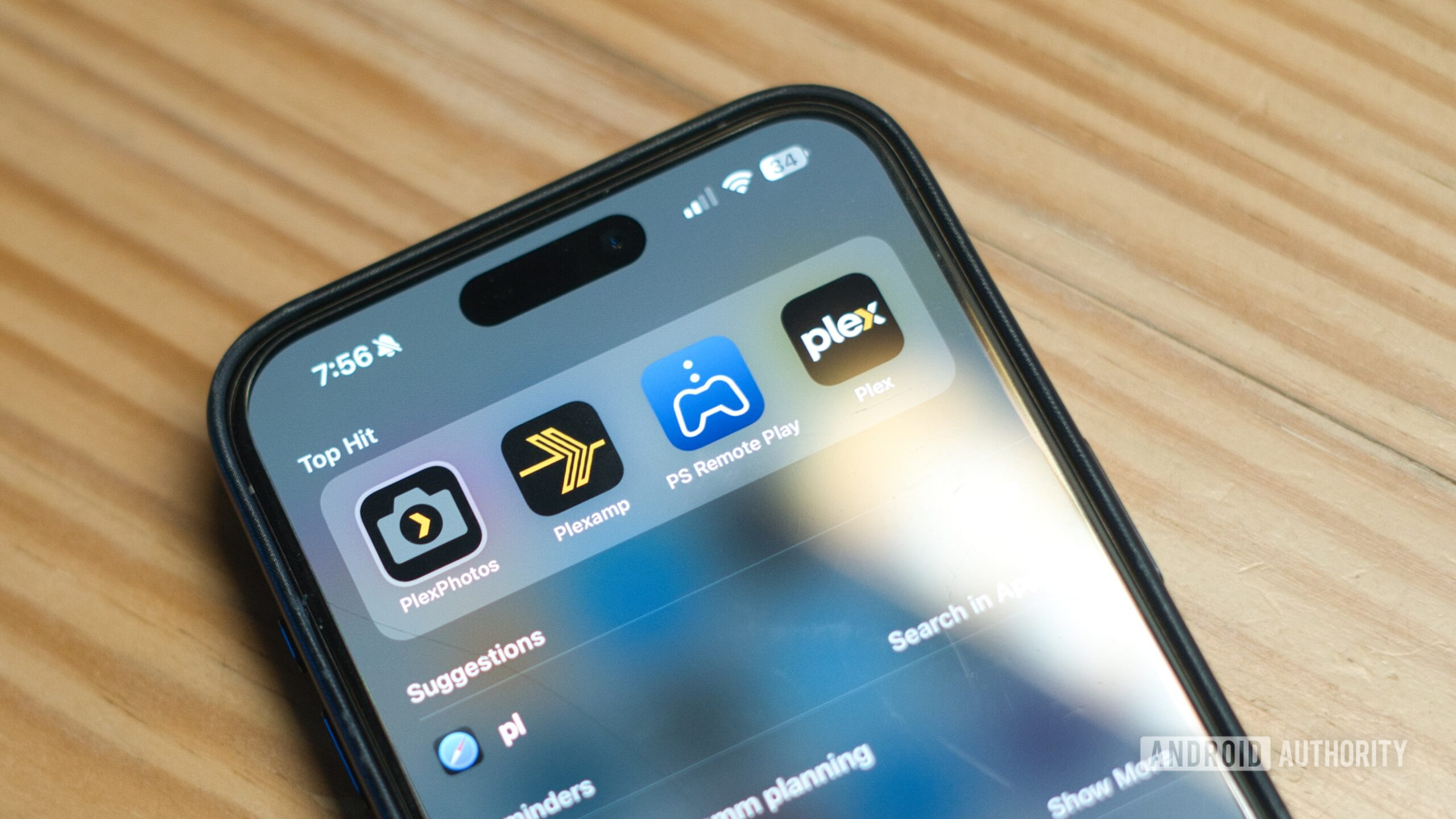
Dhruv Bhutani / Android Authority
I strongly believe that Google Photos has been instrumental in inculcating a backup habit among smartphone photographers. However, if you truly care about backing up your data, local storage is the way to go. It gives you more control over your data and avoids recurring subscription fees as well as being locked into a service provider. We’ve previously talked about NAS drives and self-hosted image solutions. But despite efforts to simplify oversized backup solutions for regular customers, these services can be hard to configure and even harder to access remotely.
Plex Photos is trying to be the Google Photos of self-hosted images.
Enter Plex Photos. The darling of the self-hosted media community has finally decided to launch a photo app that promises to offer the same experience as it does for movies and music. It bears mentioning that photo integration isn’t new to Plex. It’s been possible to add a photo library to Plex for years, but these photo libraries would remain integrated within the main Plex interface alongside your music and movies.
Now, with a completely segregated Photos app, it’s clear that Plex is ready to go all in on its Photos solution. How does it compare to Google Photos or self-hosted alternatives like Immich and Synology Photos? I spent the weekend testing it out to find out. Here’s a closer look at Plex Photos and how it compares to the best alternatives.
What is Plex Photos?
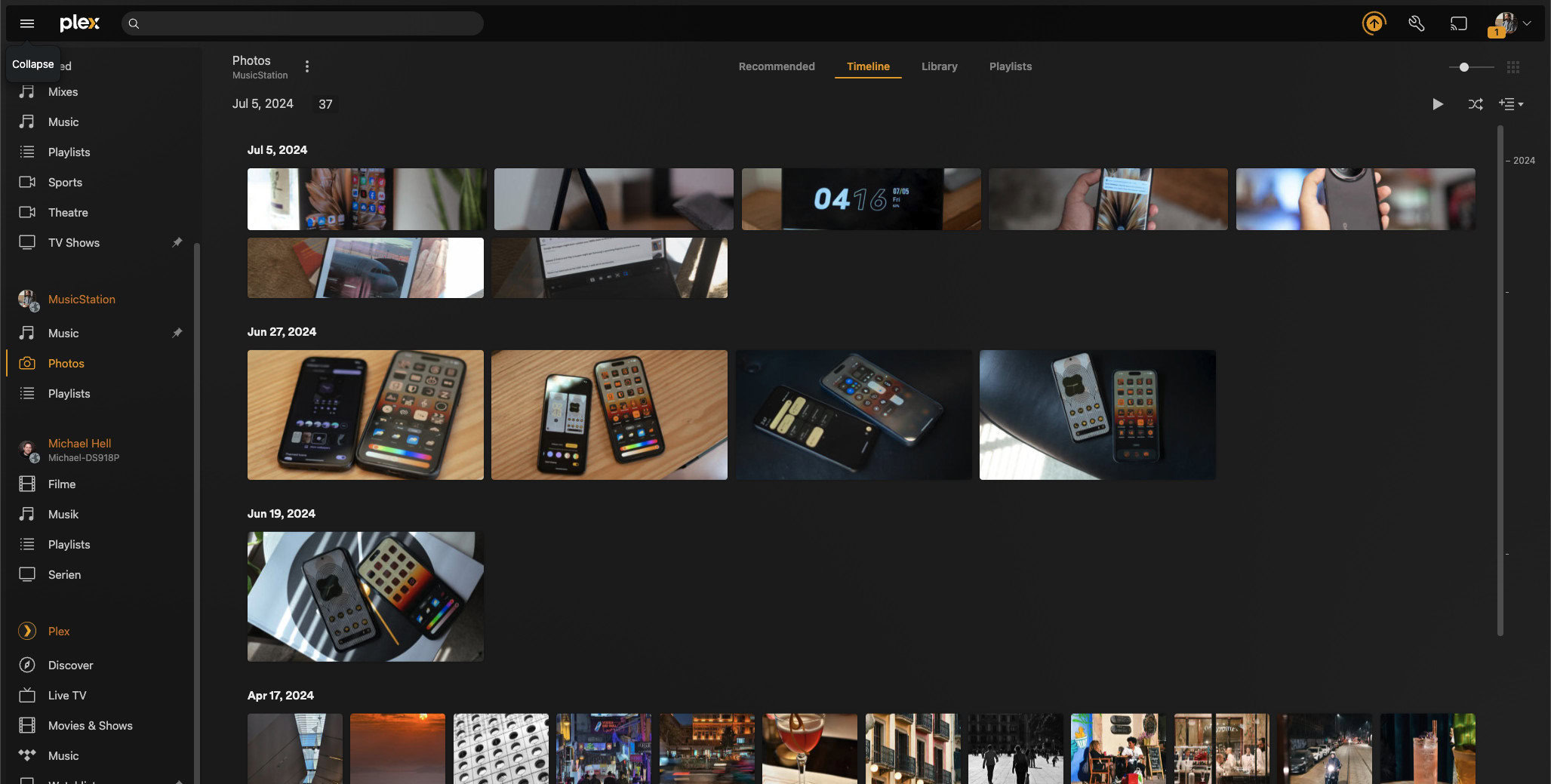
Dhruv Bhutani / Android Authority
Plex Photos is a new app that builds on top of the existing Plex Media Server infrastructure. If you haven’t dabbled in Plex yet, here’s a quick breakdown. The service consists of two components. There’s the Plex server, which you run on a host like a PC, Mac, or NAS drive. The server is then configured and accessed via a web browser, which can be used to set up libraries for music, movies, and photos.
Plex Photos is a completely new app designed ground up for iOS and Android users.
This media can then be accessed via the web browser or dedicated apps for smart television platforms, smartphones, and tablets. Plex Photos, on the other hand, is an additional app, available exclusively on iOS and Android, that plugs into the Plex Media Server and serves as a dedicated way to look at all the photos hosted on your NAS.
The app is currently in beta, but you can download it from the Play Store or iOS App Store to try it out.
How is Plex Photos to use?
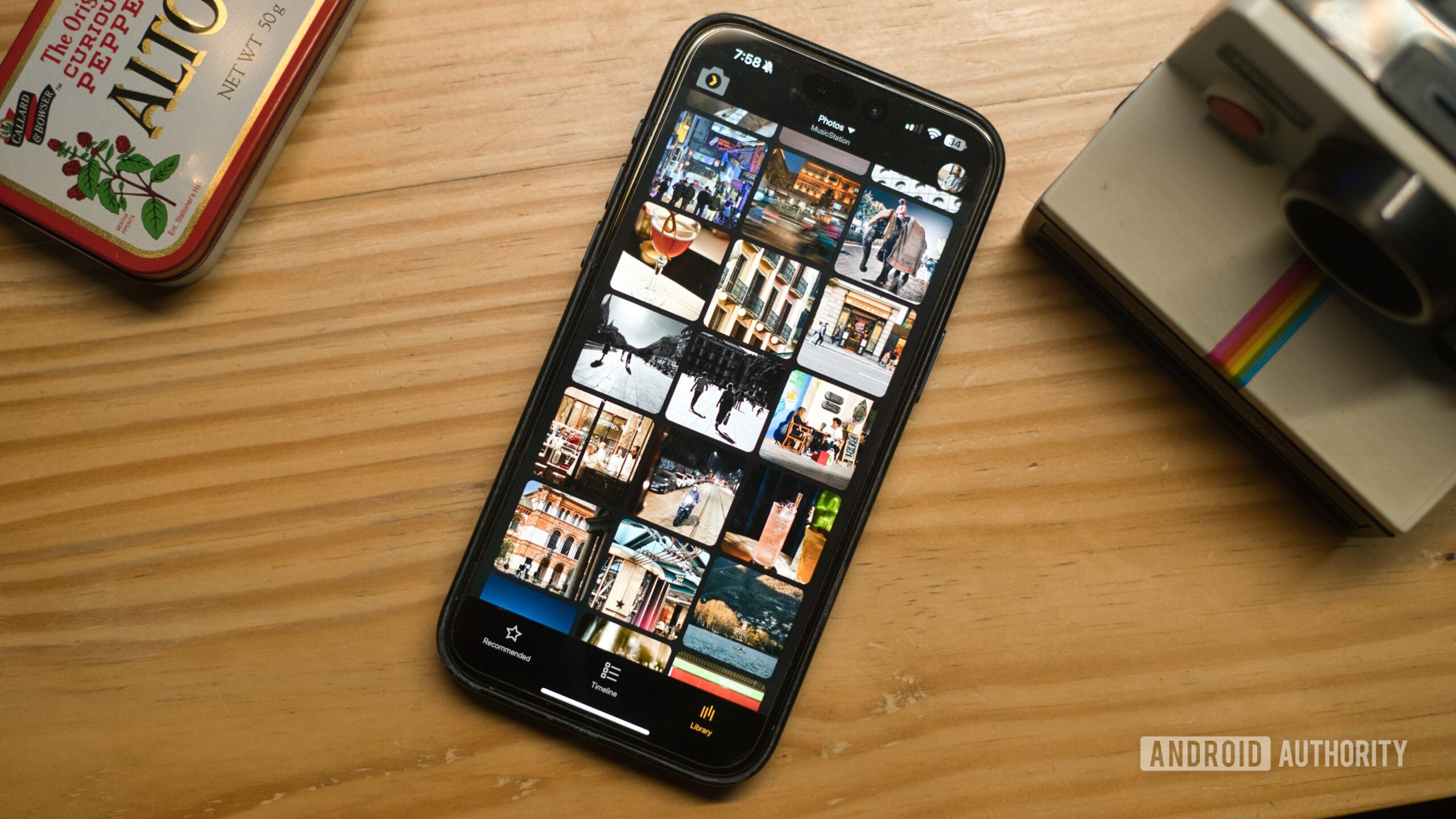
Dhruv Bhutani / Android Authority
Setting up Plex Photos is incredibly easy. I run the Plex Media Server on my Synology NAS drive, which has about 72 terabytes of space. My photo library sits alongside rips of my entire Blu-ray and vinyl collection.
I’ve previously dabbled in solutions like Immich and Synology’s Photos App to make it easy to view my entire photo library, but the difficulty of setting up remote viewing or a lackluster interface meant that I never really stuck to the solution. Moreover, both solutions offered just enough friction, whether through connecting to the server or general flakiness, that I couldn’t imagine onboarding family and friends for sharing images. So, I was curious to see if Plex could solve that problem.
Existing self-hosted solutions offer too much friction in set up and sharing images.
With the rest of my media collection already integrated into my Plex Library, adding photos was a no-brainer. The process was simple enough. It takes seconds to set up a new photo library and point it to the correct folder. Hit the scan button, and Plex will start processing the images. That’s the server component out of the way.
Next, install the Plex Photos app from your smartphone app store of choice and sign in with your Plex credentials. That’s it. You’ll immediately be presented with a timeline view of all the photos on your server.
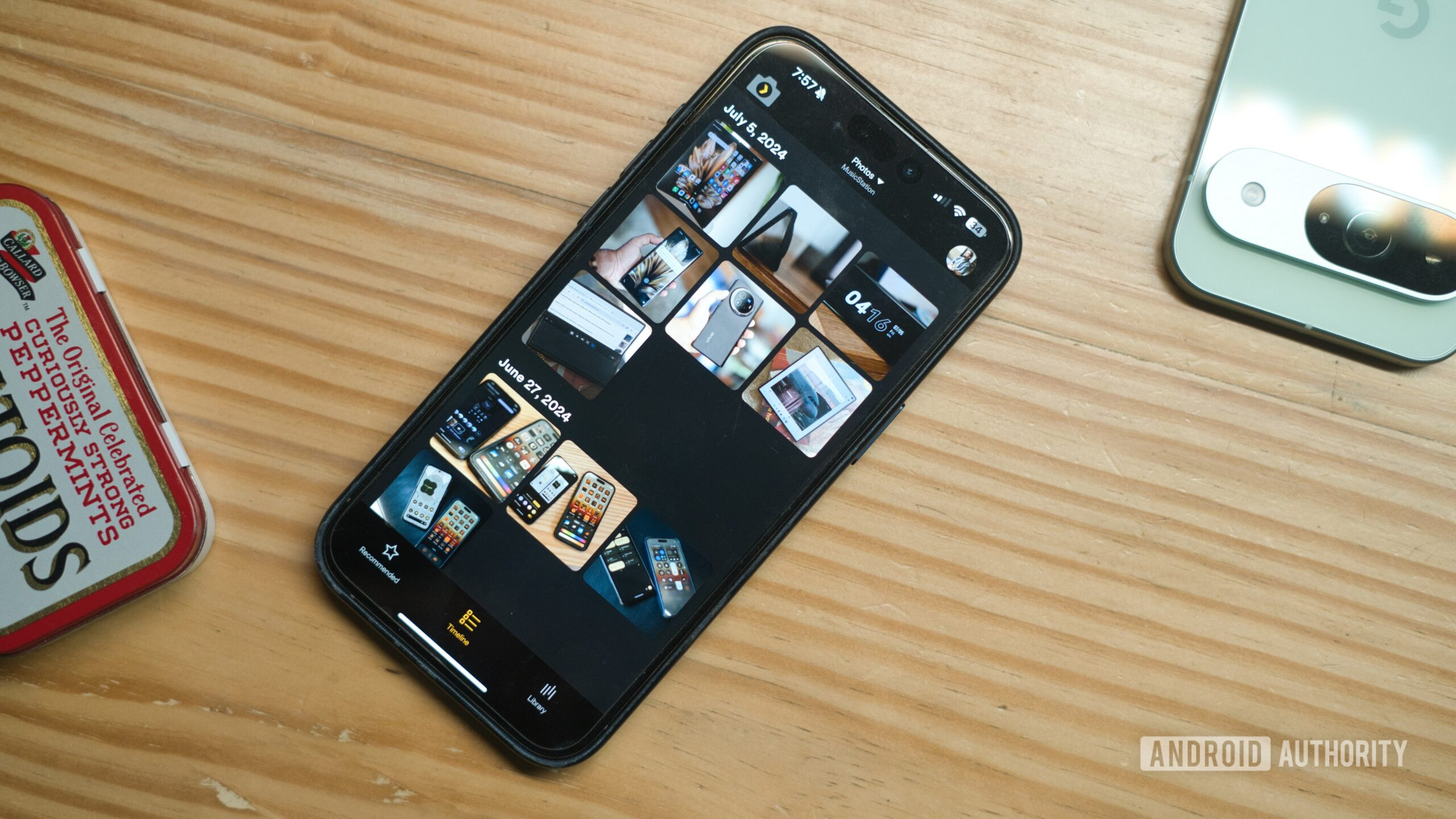
Dhruv Bhutani / Android Authority
The entire app is simplistic to a fault and includes just three tabs — Library, Timeline, and Recommended. The library tab essentially consists of all your images grouped together. Plex Photos offers granular filtering by year, camera make, and even lenses used. There’s even an option to sort by albums, but there is no option to create a new album in the mobile app yet. I expect this rather obvious feature to be rolled out shortly.
The Plex Photos is extremely barebones, but if viewing photos is all you want to do, it'll cut it.
Next up is the timeline view, which operates like the standard Google Photos home page. It’s similar to the library page but drops the filtering options and segments the photos by date. Tapping a photograph will let you view EXIF information and location data and tag the image as a favorite. Those tagged images then appear in the aforementioned recommended tab.
That’s all there is to it. It’s very obvious that the Plex Photos app is in early beta. There are no options to share, edit, or download images for offline use. As I mentioned earlier — simplistic.
How does Plex Photos compare to alternatives?
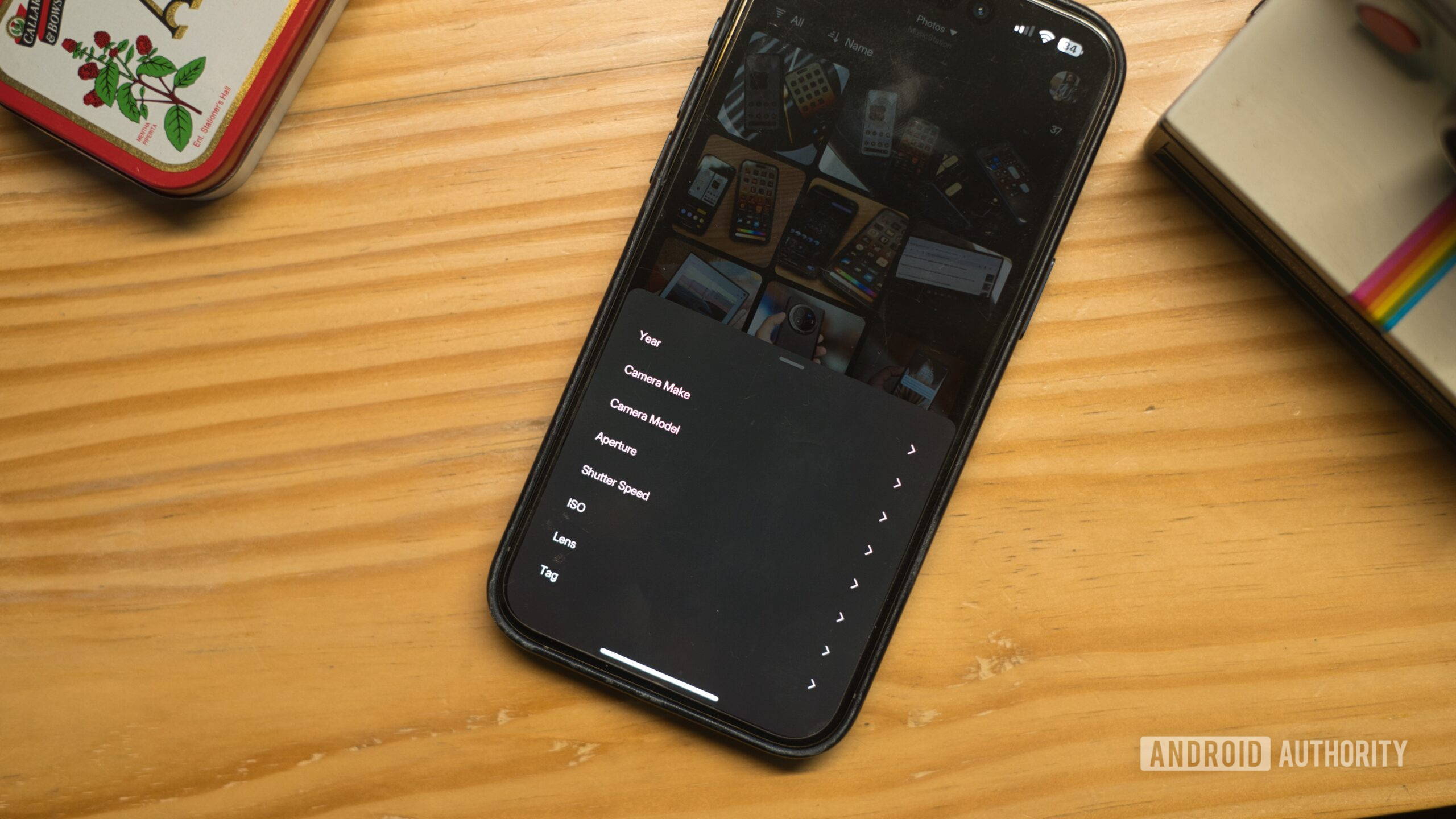
Dhruv Bhutani / Android Authority
It’s hard to draw a direct comparison to Plex Photos alternatives because there simply aren’t many that offer a similar experience. And it’s important to stress on the word experience. Self-hosted apps like Immich offer significantly more functionality but can be difficult to set up and maintain. It’s decidedly not a beginner-friendly approach. Moreover, if you want to access those images remotely, you’ll have to set up a solution like Tailscale to be able to log in to your server.
Synology Photos comes close to the simplicity of Plex, but the glacial pace of app development, stringent requirements for folder hierarchy, and Synology’s dubious history of altogether deprecating popular apps make me unwilling to commit to the app — despite being a massive fan of the company’s hardware.
What Plex Photos lacks in features, it makes up with simplicity and easy of set up.
Finally, there’s Google Photos. While Plex Photos matches Google Photos’ simplicity, it comes nowhere close to, nor can it truly match, the functionality of Google’s Photo Library service. Not only is Google Photos a much more mature product, but Google’s recent moves towards adding AI-enhanced editing features or excellent object recognition-based search require serious computing power. While Plex might be able to match some of the features, a self-hosted service will always be dependent on the hardware you decide to host the library on.
Plex Photos also lacks the excellent shared album experiences offered by Google Photos. I’d love to see the ability to view a unified album between family and friends and to let you copy those images to your local server. As it stands, Plex Photos doesn’t even have image backup functionality, without which it can’t really be considered a credible Google Photos alternative.
Is Plex Photos worth it?
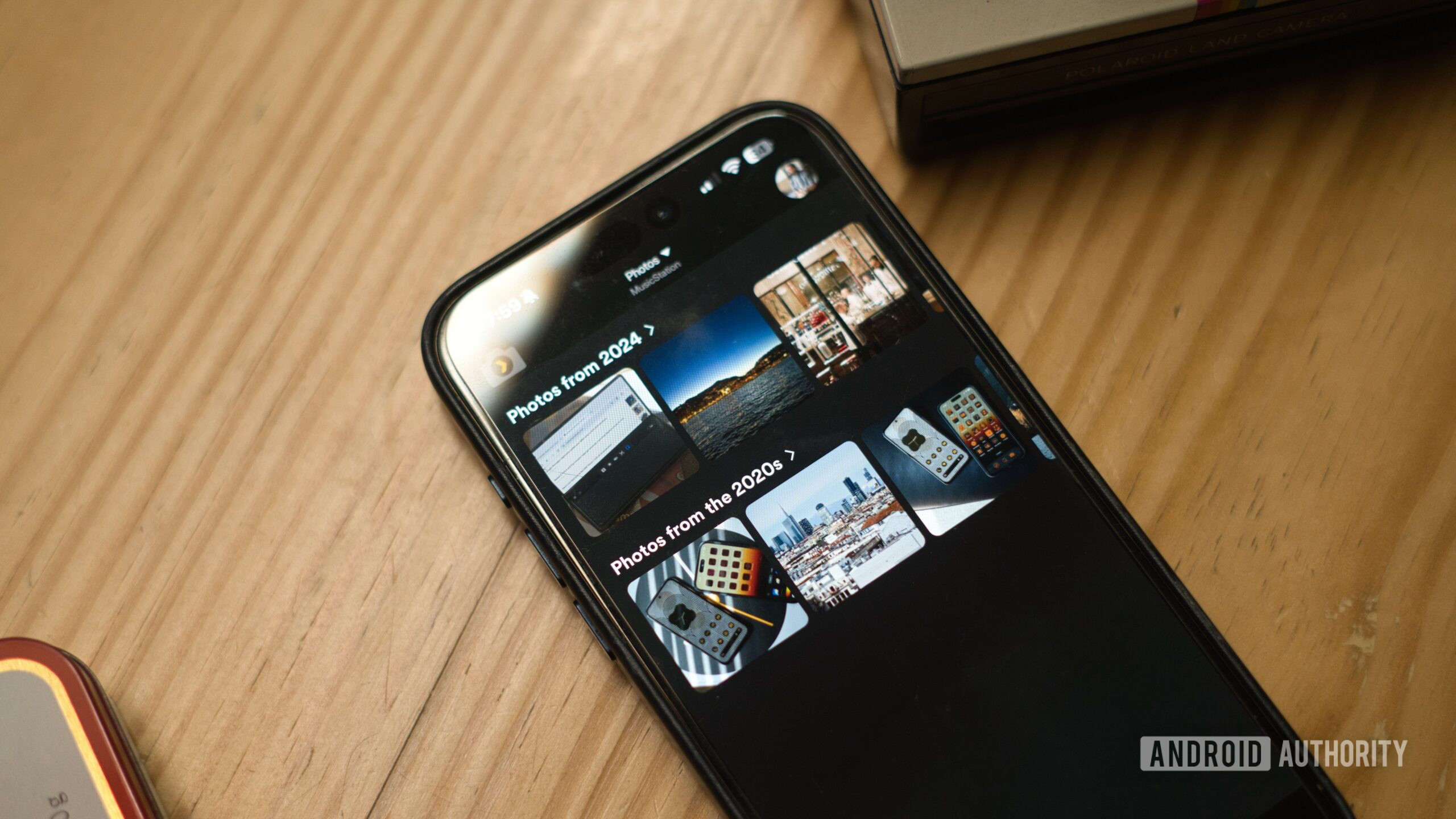
Dhruv Bhutani / Android Authority
If you’re already a Plex user, the Plex Photos service is a good option to start with if you’re looking for a way to access your photo library at home or on the road. While the service is in beta and offers minimal functionality, I can see it as a convenient way to view your images. Additionally, Plex’s speedy update and feature addition cycle for the core Plex app and the excellent PlexAmp music player bodes well for the future of Plex Photos. It costs nothing and offers just enough functionality that I plan to leave my library integrated with Plex.
If you're a Plex user, it's worth a shot setting up the Plex Photos feature. However, the beta app isn't going to convince new users.
However, if you’re not already invested in the Plex ecosystem, Plex Photos’ barebones status certainly won’t convince you. I recommend keeping a close eye on the development cycle to see how quickly the app develops before installing the service or investing in a Plex Pass subscription.
With that said, I’m glad that there’s finally an easy-to-use service that is making an attempt to bring Google Photos-like functionality to local photo content. Enthusiasts will always flock towards more full-featured alternatives, but the ease of use, effortless remote connectivity, and first-class support for mobile platforms should help the platform standout on its own merit.

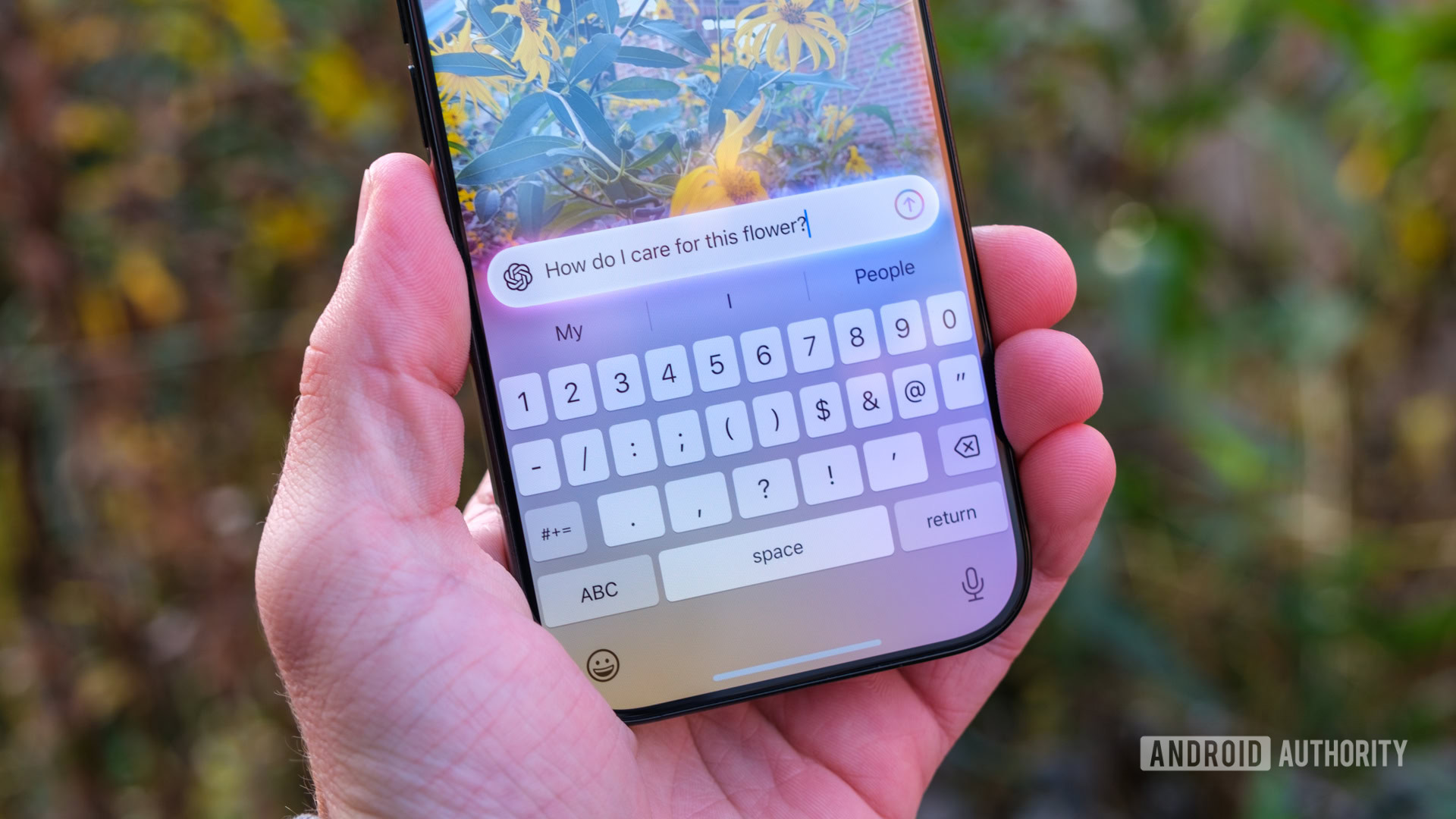
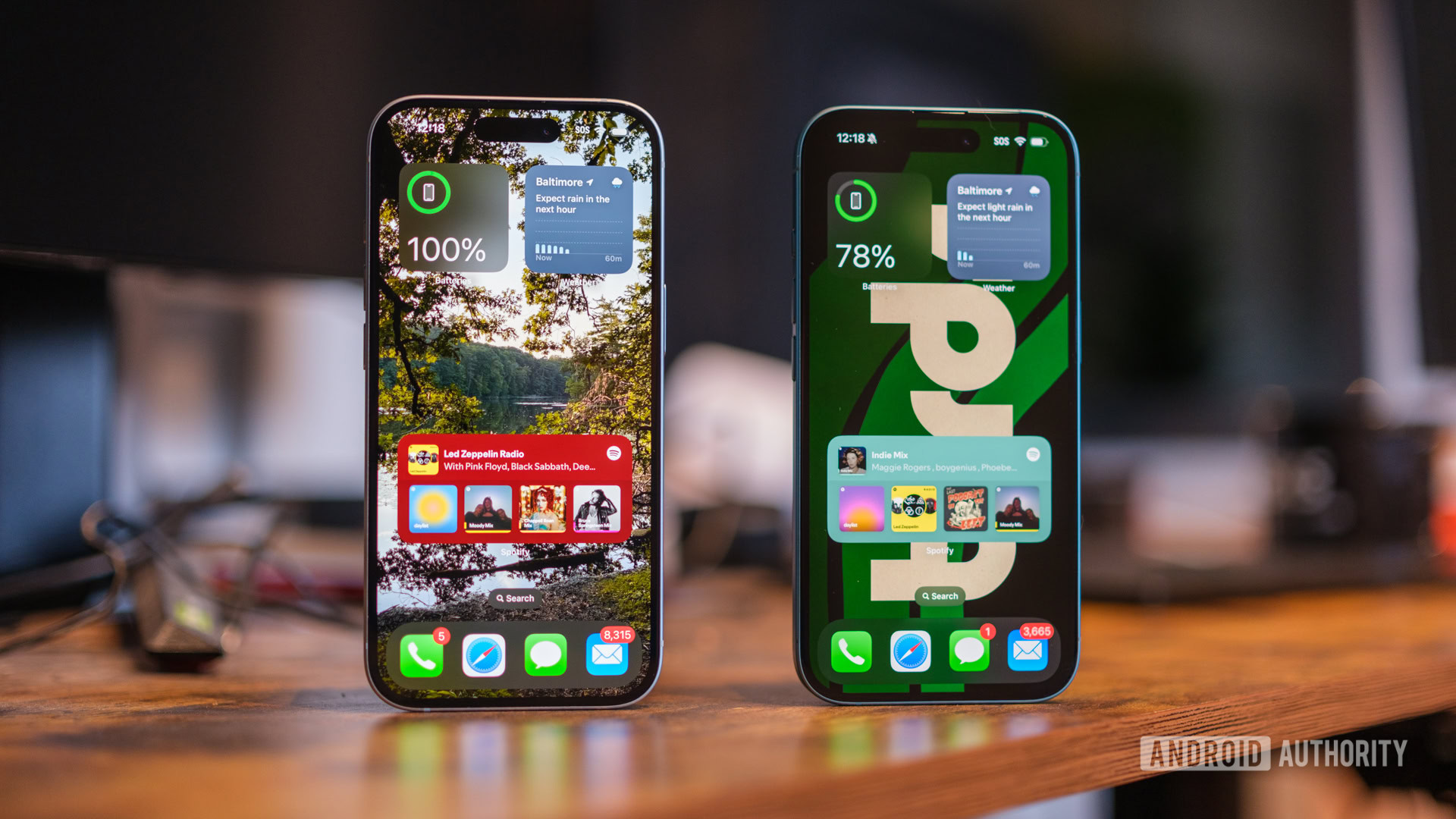
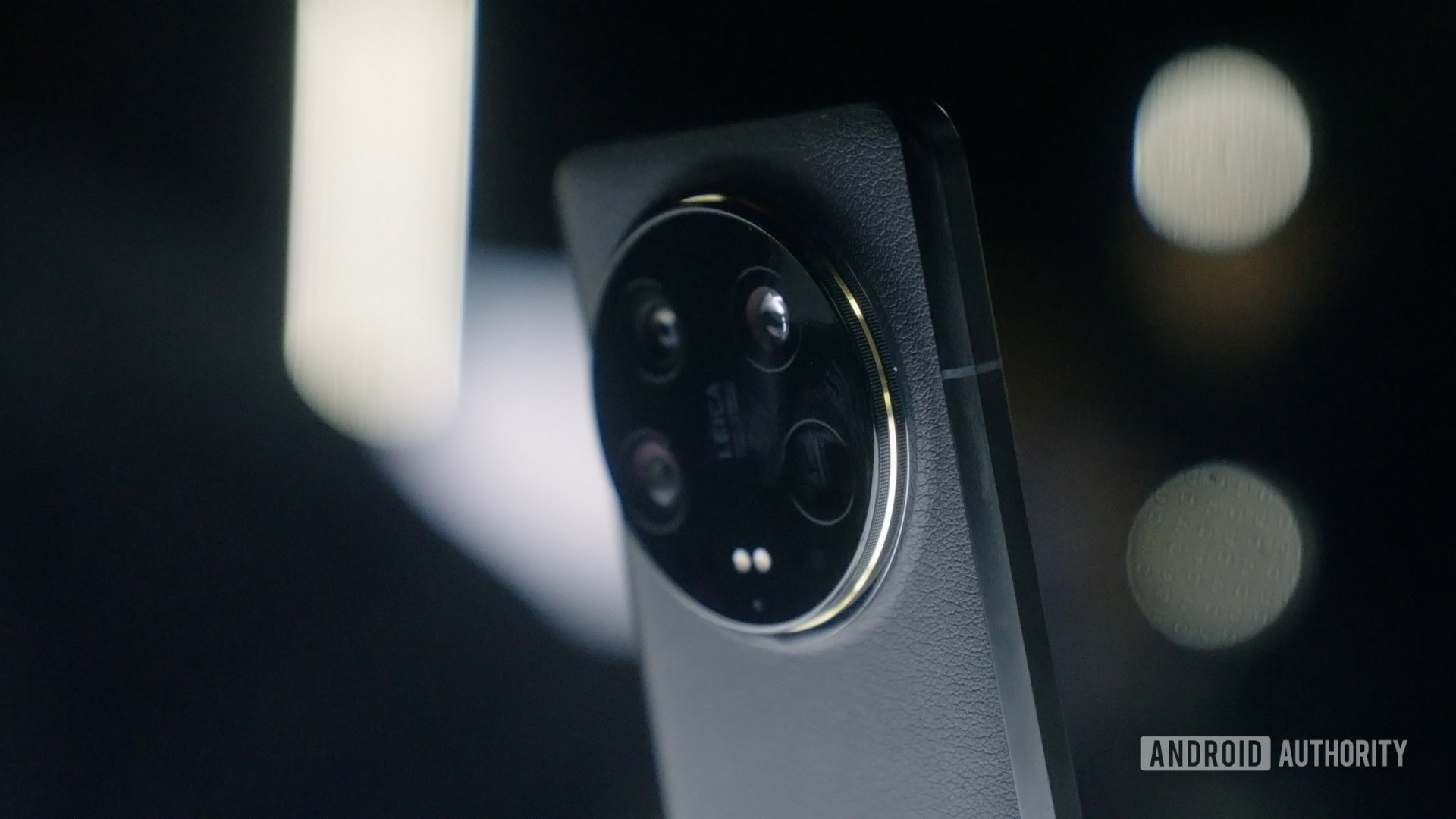




 English (US) ·
English (US) ·